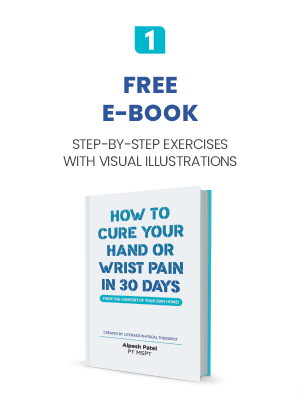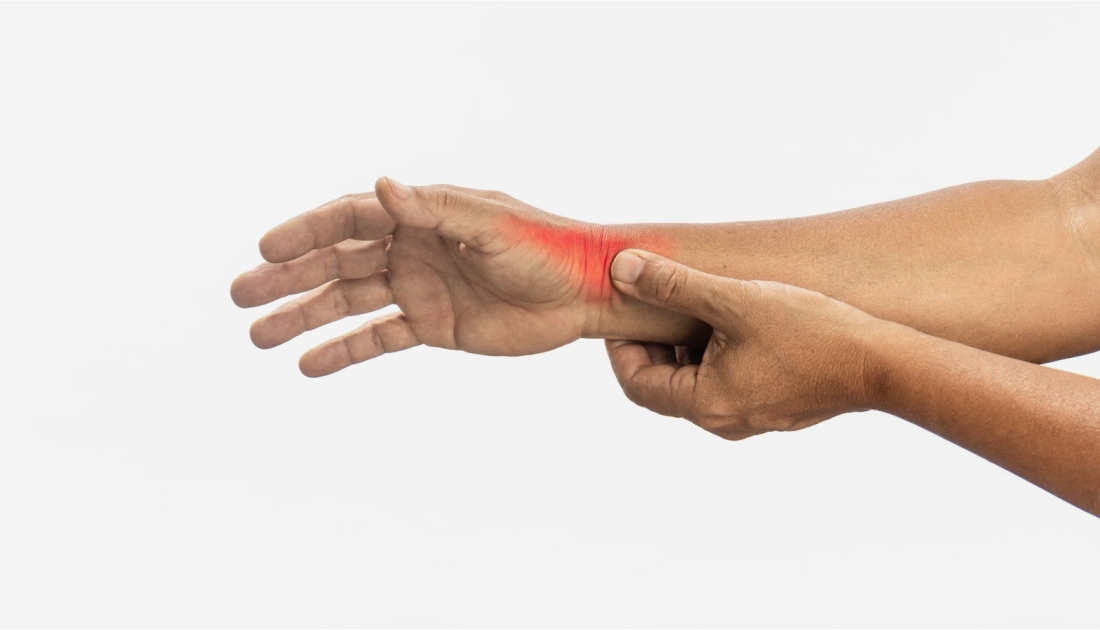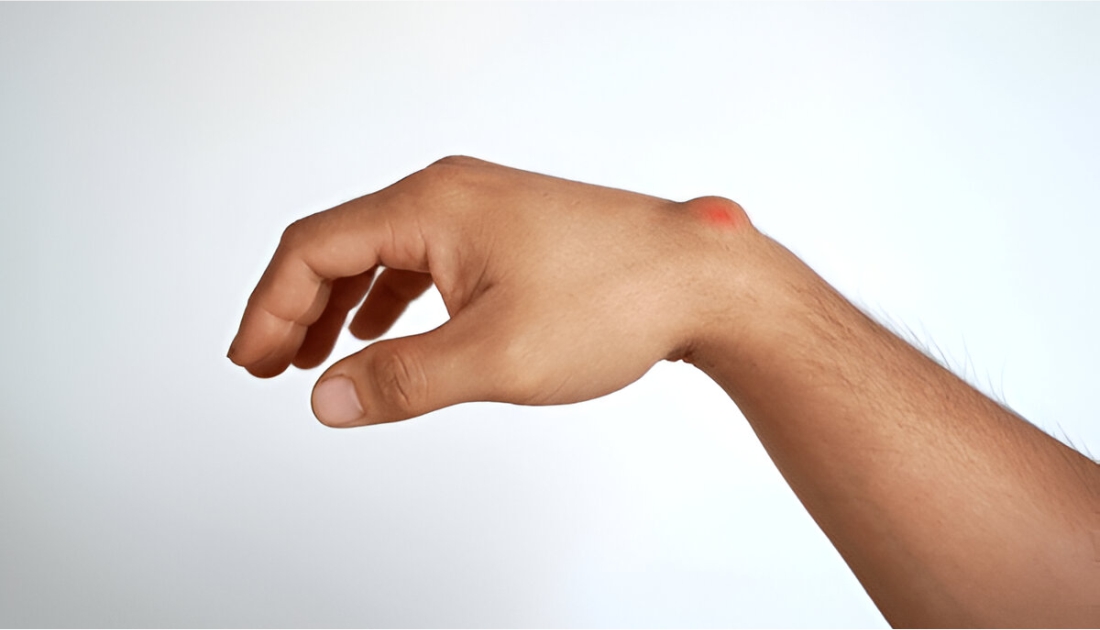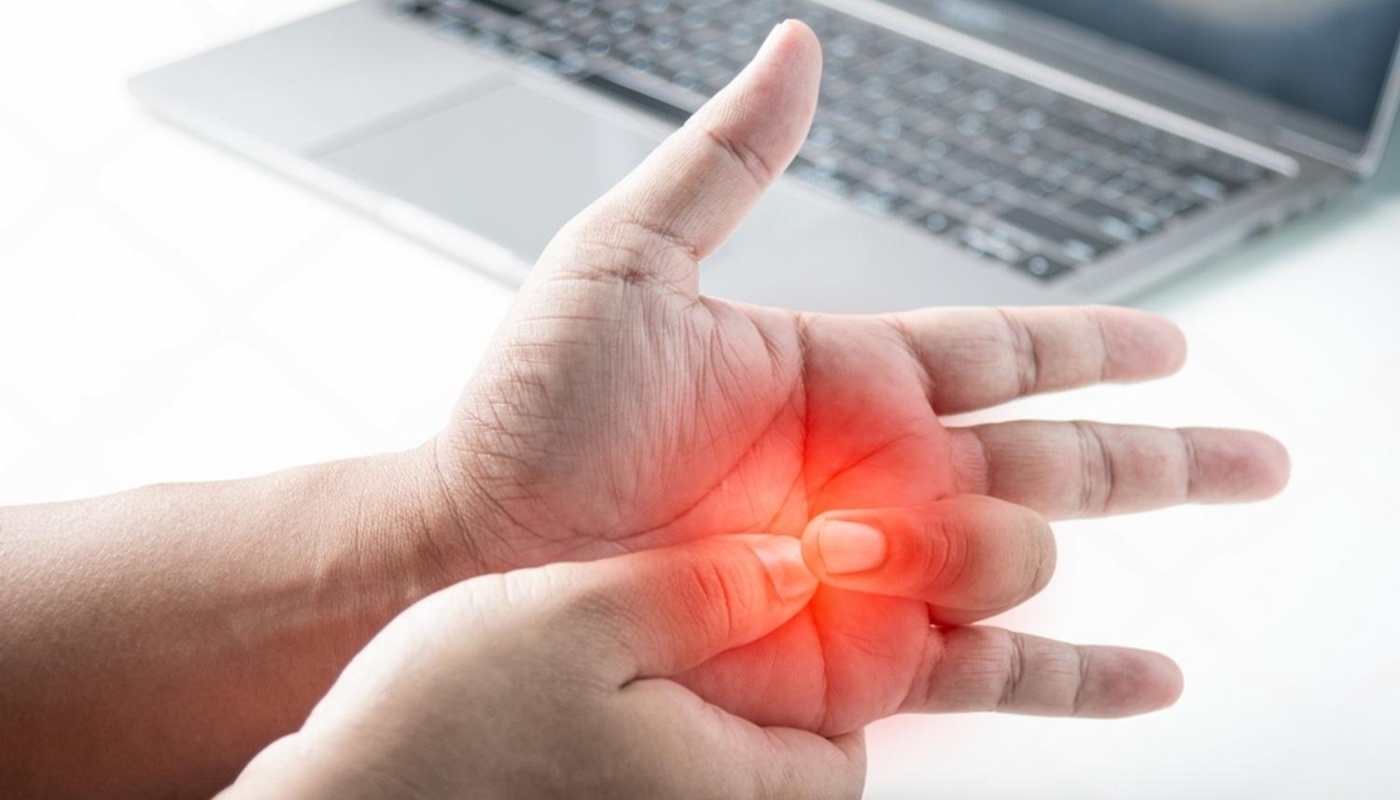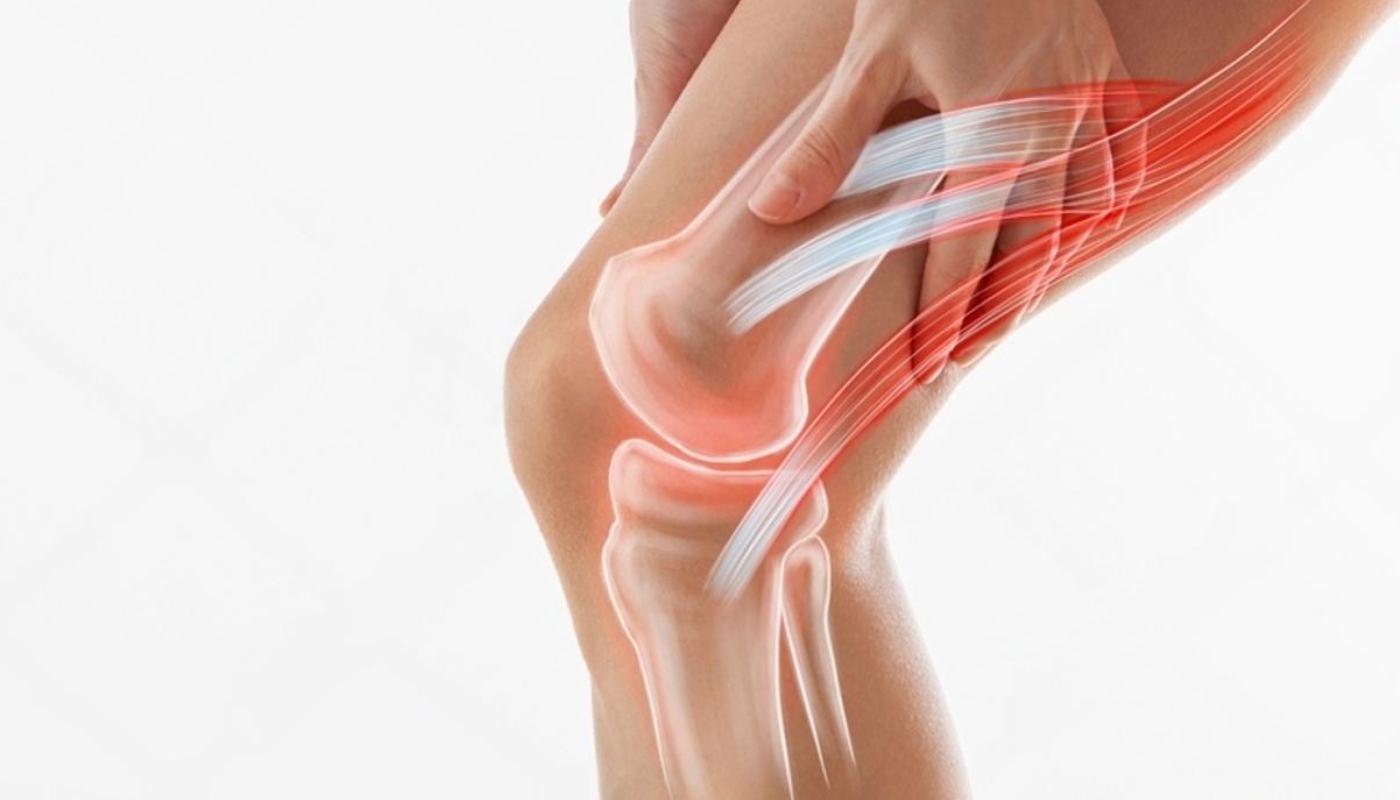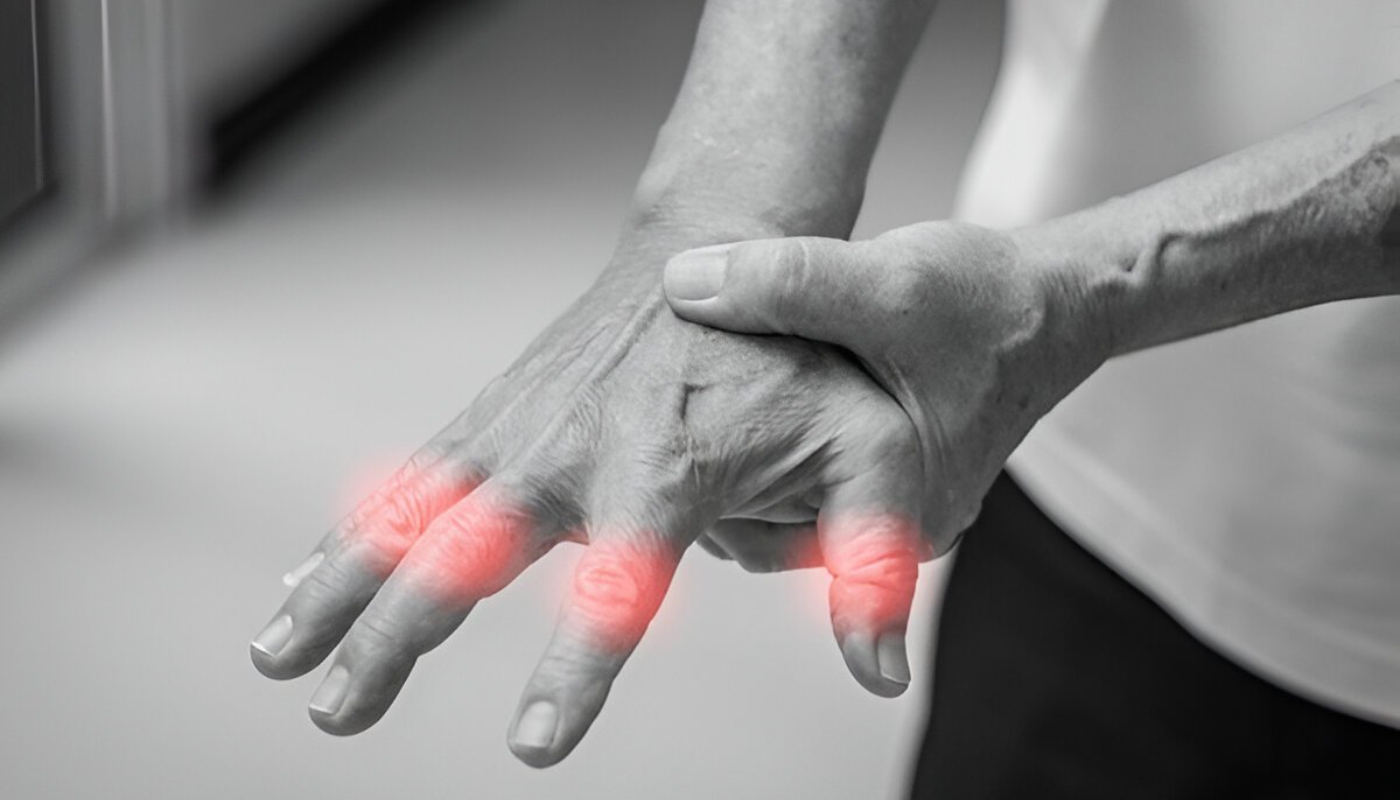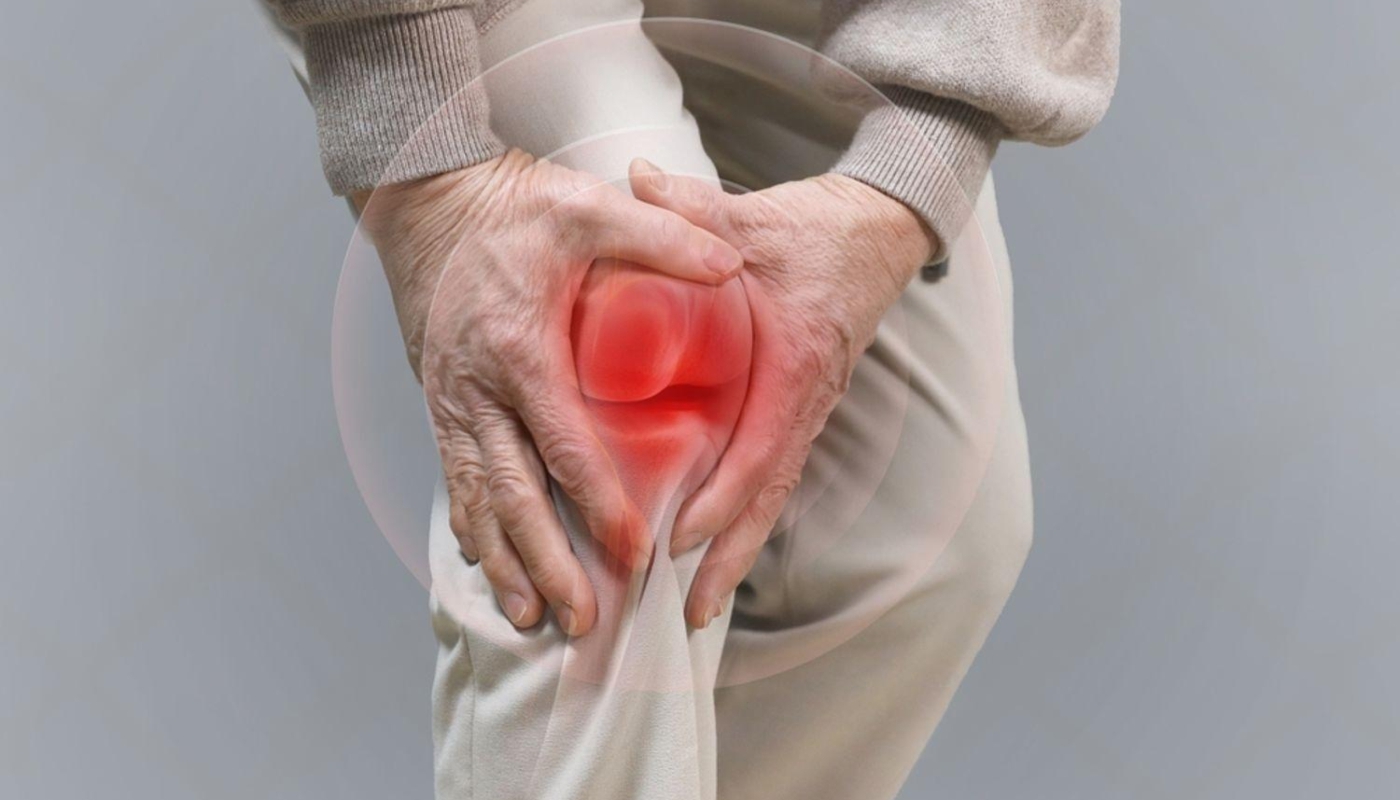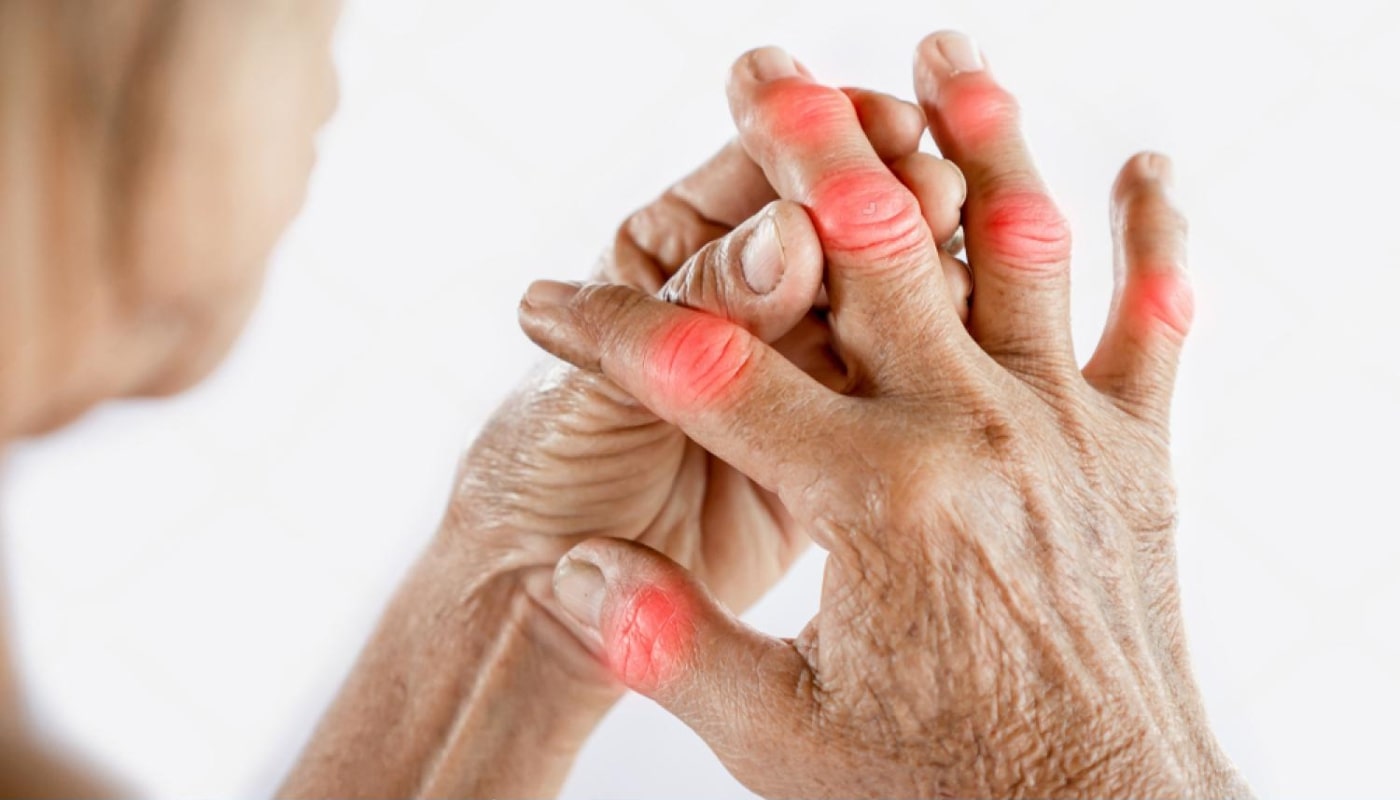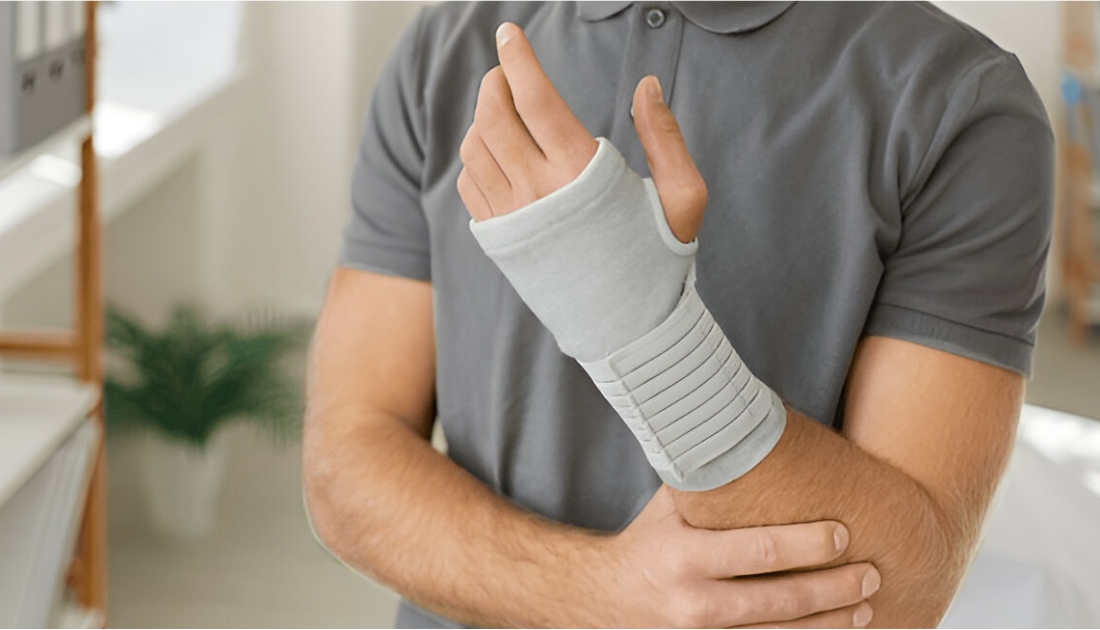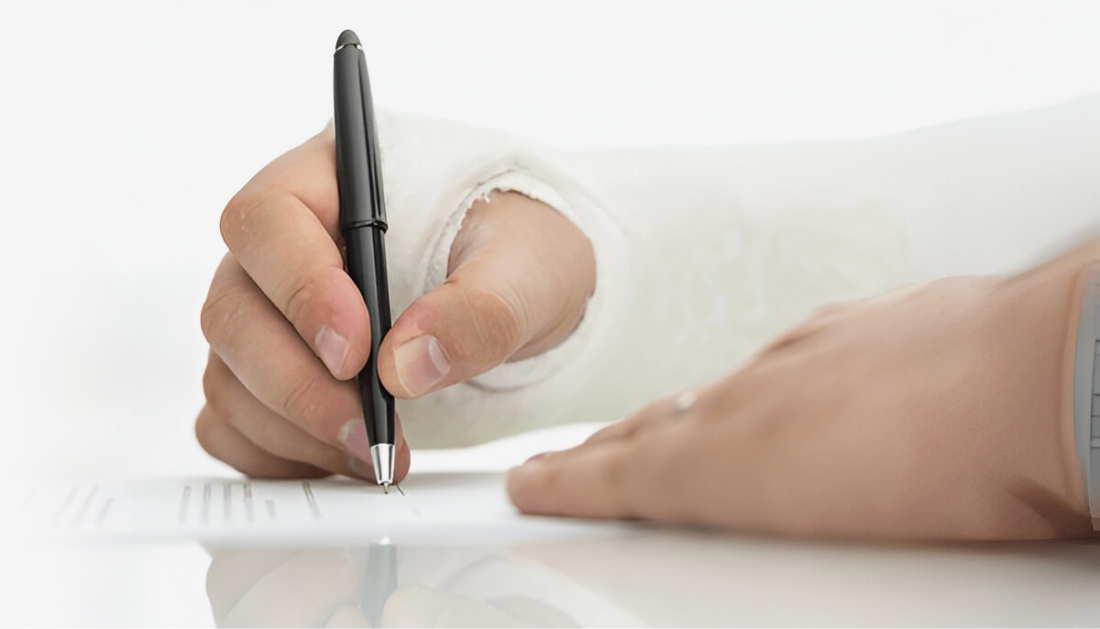Wrist sprains are a common injury that can occur during various activities, from sports to daily tasks. Understanding the causes and symptoms of a wrist sprain is essential for effective treatment and prevention. A wrist sprain happens when the ligaments in the wrist are stretched or torn, usually due to a sudden twist or impact.
Some common causes of wrist sprains include:
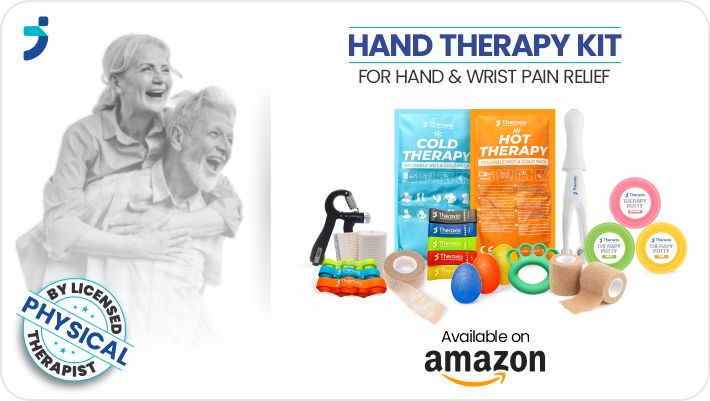
- Sports Activities: Engaging in contact sports or high-impact activities can lead to falls or collisions that strain the wrist.
- Improper Falling Technique: Instinctively extending the hand to break a fall can put undue stress on the wrist.
- Overuse: Repetitive motions, such as typing or playing musical instruments, can gradually weaken the wrist ligaments.
Recognizing the symptoms of a wrist sprain is crucial for timely intervention. Typical symptoms include:
- Pain and Tenderness: Pain might be localized to the injured area and can intensify with movement.
- Swelling and Bruising: The wrist may swell or show discoloration shortly after the injury.
- Limited Mobility: Struggling to move the wrist or perform everyday tasks can indicate a sprain.
If you suspect a wrist sprain, it is vital to seek advice on treatment options. At theravio.com, we offer innovative tools and resources to aid in recovery and rehabilitation, ensuring you get back to your activities safely.
Effective Treatment Options for Wrist Sprain Recovery
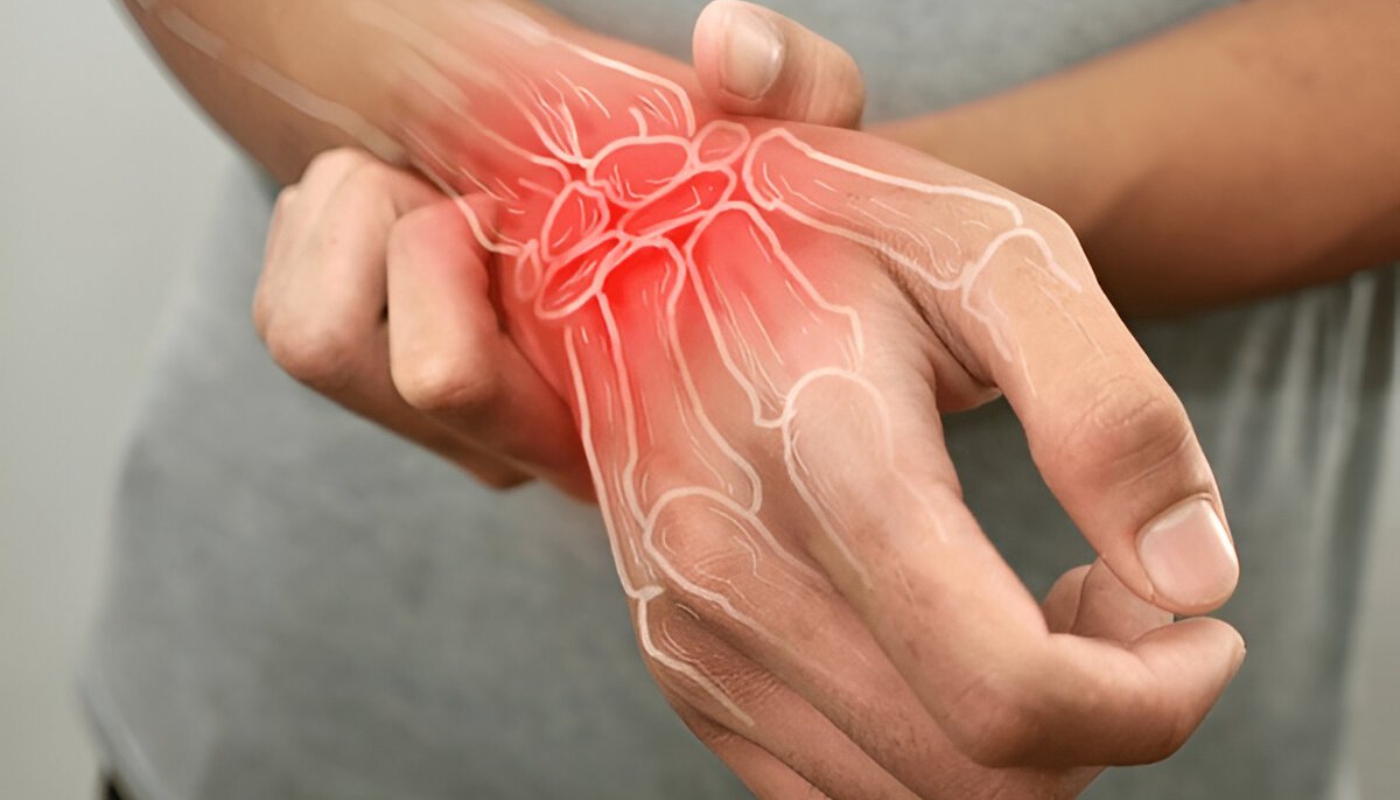
When it comes to recovering from a wrist sprain, several effective treatment options can help manage pain and restore mobility. It's essential to act quickly to minimize swelling and facilitate healing. Here are some recommended treatment methods:
- R.I.C.E. Method: The R.I.C.E. (Rest, Ice, Compression, Elevation) method is a widely accepted approach for treating sprains. Rest the wrist to avoid aggravating the injury, apply ice to reduce swelling, use compression to limit movement, and elevate the wrist above heart level.
- Immobilization: Depending on the severity of the sprain, a brace or splint may be necessary to immobilize the wrist and provide support during the healing process.
- Physical Therapy: Once the acute pain and swelling subside, physical therapy can play a crucial role in rehabilitation. A therapist can guide you through specific exercises aimed at restoring strength and flexibility to the wrist.
- Medication: Over-the-counter pain relievers, such as ibuprofen or acetaminophen, can help manage pain and reduce inflammation. Always consult a healthcare professional for guidance on the appropriate medication.
- Theravio kit: It includes all the tools you need to soothe your finger and hand pain, such as a wonderful massager, heat/cold packs, comfortable wraps, and plenty of strengthening exercises tools.
In some cases, if the sprain is severe and does not improve with standard treatments, a doctor may recommend further interventions such as imaging tests or even surgical options. Early and effective treatment is crucial for a smooth recovery and return to daily activities.

Rehabilitation Exercises for Wrist Sprain Strengthening
After the initial healing phase of a wrist sprain, incorporating rehabilitation exercises is vital for restoring strength, flexibility, and range of motion. These exercises not only aid recovery but also help prevent future injuries. Here are some effective exercises you can perform:
- Wrist Flexion and Extension: Sit with your forearm supported on a table, allowing your wrist to hang off the edge. Slowly flex your wrist upwards and then extend it downwards. Aim for 10-15 repetitions in each direction.
- Wrist Rotations: Hold your elbow at a 90-degree angle and rotate your wrist clockwise and then counterclockwise. This motion helps improve mobility and should be performed for about 10 repetitions in each direction.
- Grip Strengthening: Use a soft stress ball or a hand gripper to strengthen your grip. Squeeze the ball or gripper for a few seconds and then relax. Repeat this for 10-15 repetitions.
- Finger Stretch: Extend your fingers wide and hold the stretch for 5-10 seconds. Then, make a fist and hold for another 5-10 seconds. This exercise enhances flexibility in your fingers and wrist.
You can also grab a Free E-Book titled “How To Cure Your Hand Or Wrist Pain In 30 Days.” In this book, I present a comprehensive step-by-step plan designed to be followed over a duration of four weeks, accompanied by a daily log sheets.
It's essential to listen to your body during these exercises. If you experience pain, stop immediately and consult a healthcare professional. Gradually increasing the intensity and duration of these exercises as your wrist heals will significantly contribute to your overall recovery and strength.
Preventive Measures to Avoid Future Wrist Sprains
Preventing future wrist sprains is crucial, especially for those who have experienced this injury before. Implementing effective preventive measures can significantly reduce the risk of re-injury. Here are some essential strategies:
- Strengthening Exercises: Regularly engage in wrist and forearm strengthening exercises to build resilience. Strong muscles around the wrist provide better support and stability during physical activities.
- Proper Technique: Whether in sports or everyday activities, always use the correct technique. For athletes, this means practicing proper form in your sport to avoid undue stress on the wrist.
- Warm-Up and Stretching: Before engaging in any physical activity, ensure you warm up properly. Incorporate stretching exercises for your wrists and forearms to increase flexibility and reduce the risk of injury.
- Wear Protective Gear: If you're participating in high-risk activities or sports, consider wearing protective gear such as wrist guards or braces. These can provide extra support and protection against falls or impacts.
- Ergonomic Adjustments: For those who spend long hours at a desk, ensure your workstation is ergonomically designed. Proper wrist alignment while typing can prevent strain and potential injuries.
By incorporating these preventive measures into your daily routine, you can significantly lower the chances of experiencing a wrist sprain again. Staying proactive about your wrist health is key to maintaining mobility and overall well-being.
When to Seek Professional Help for Wrist Sprains
Understanding when to seek professional help for a wrist sprain is essential for ensuring proper recovery and preventing long-term complications. While many wrist sprains can be treated at home, certain symptoms indicate that you should consult a healthcare professional:
- Severe Pain: If the pain is intense and does not improve with rest, ice, or over-the-counter pain relief, it may be a sign of a more serious injury, such as a fracture.
- Swelling: Significant swelling that persists or worsens after a few days of at-home treatment should be evaluated by a professional.
- Limited Range of Motion: Difficulty moving your wrist or fingers, or experiencing stiffness that does not improve, can indicate the need for further assessment.
- Deformity: If you notice any visible deformities in the wrist or hand, it is crucial to seek immediate medical attention, as this may suggest a fracture.
- Numbness or Tingling: Experiencing these sensations in your hand or fingers could indicate nerve involvement, which requires professional evaluation.
- Persistent Symptoms: If your symptoms do not improve within a few days or worsen over time, it's important to consult a healthcare provider for a comprehensive assessment.
Early intervention can lead to more effective treatment and a quicker return to normal activities. If you are unsure about the severity of your injury, it's always better to err on the side of caution and seek professional guidance.
The Importance of Proper Wrist Care in Daily Activities
Proper wrist care is vital for maintaining functionality and preventing injuries in everyday activities. Our wrists are involved in a multitude of tasks, from typing on a keyboard to lifting objects, making them susceptible to strain and injury if not cared for adequately. Here are some key points illustrating the importance of proper wrist care:
- Ergonomics: Using ergonomic tools and maintaining correct posture while working can significantly reduce the risk of wrist strain. Adjustable chairs, supportive keyboards, and wrist rests can help position your wrists in a neutral posture.
- Regular Breaks: It’s essential to take breaks during repetitive tasks. Simple exercises and stretches can enhance blood circulation and relieve tension in the wrist and forearm.
- Strengthening Exercises: Incorporating wrist-strengthening exercises into your routine can build resilience and support. Stronger muscles around the wrist can help absorb stress during activities.
- Awareness of Pain: Listening to your body is crucial. If you start noticing discomfort during a task, it’s important to stop and assess your position and technique.
- Using Supportive Gear: For those engaging in physically demanding activities, using wrist supports or braces can provide additional stability and protection against potential injuries.
By prioritizing proper wrist care, you not only enhance your performance in daily activities but also significantly reduce the risk of developing a wrist sprain or other injuries. For more tips and resources on maintaining your wrist health, visit theravio.com to explore our therapeutic solutions designed to empower you on your journey to better health.




